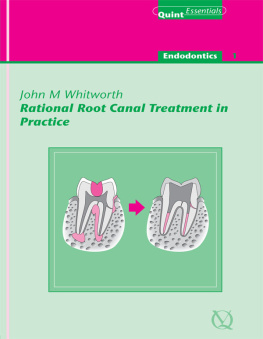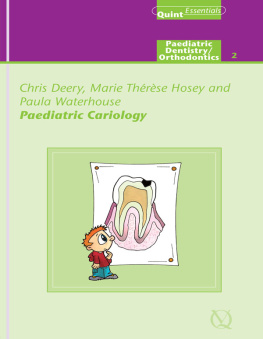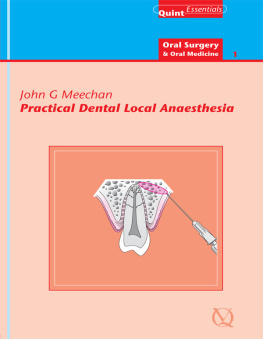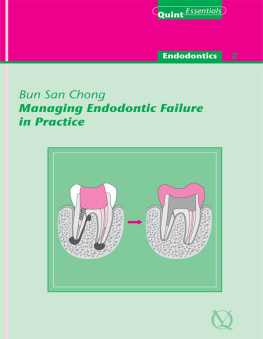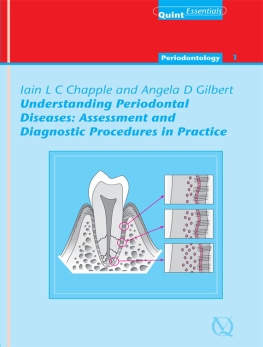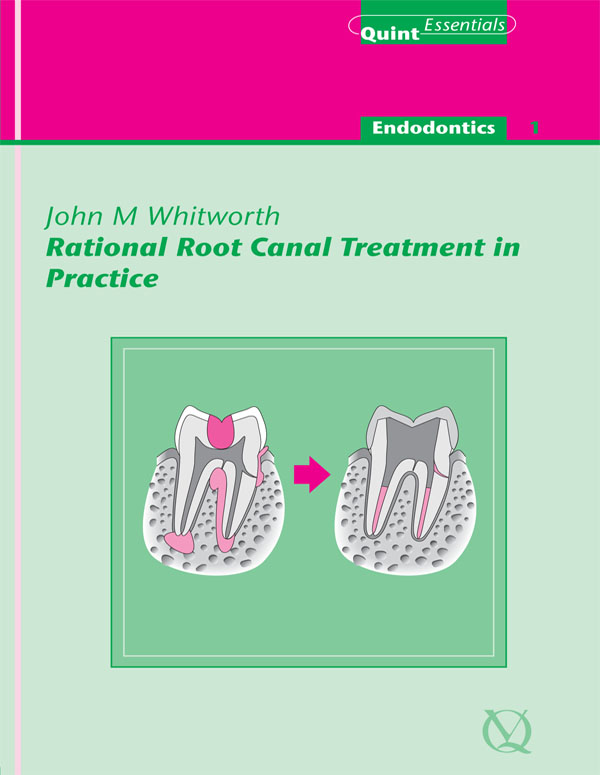
Quintessentials of Dental Practice 2
Endodontics 1
Rational Root Canal Treatment in Practice
Author:
John M Whitworth
Editors:
Nairn H F Wilson
John M Whitworth

Quintessence Publishing Co. Ltd.
London, Berlin, Chicago, Copenhagen, Paris, Milan, Barcelona, Istanbul, So Paulo, Tokyo, New Delhi, Moscow, Prague, Warsaw
British Library Cataloguing in Publication Data
Whitworth, John
Rational root canal treatment in practice. - (The quintessentials of dental practice)
1. Root canal therapy
I. Title II. Wilson, Nairn H. F.
617.634206
ISBN 1850973415
Copyright 2002 Quintessence Publishing Co. Ltd., London
All rights reserved. This book or any part thereof may not be reproduced, stored in a retrieval system, or transmitted in any form or by any means, electronic, mechanical, photocopying, or otherwise, without the written permission of the publisher.
ISBN 1-85097-341-5
Foreword
Endodontics is one of the fastest-growing aspects of everyday clinical practice. Linked to the sustained growth in endodontics is the introduction of many new instruments, materials and techniques. Keeping abreast of these diverse developments and applying them to the best advantage clinically is a challenge for the specialist, let alone the hard-pressed dental practitioner. Rational Root Canal Treatment in Practice - Volume 2 of the Quintessentials Series - has been written to help all those practising endodontics to meet this challenge. From anatomical considerations through the thrill of the fill and pointers to long-term success, the many complexities of state-of-the-art endodontics are explained and beautifully illustrated in most careful detail. Rational Root Canal Treatment in Practice is a valuable volume in the Quintessentials for General Dental Practitioners Series - an outstanding self-contained update for practitioners and students.
Nairn H F Wilson
Editor-in-Chief
Chapter 1
Fundamentals of Endodontic Disease
Aim
To describe the fundamental clinical biology of pulp and periapical disease, and lay the foundations for rationally based endodontic treatment.
Outcome
After studying this chapter, the reader should have clear understanding of the role of microbial infection in pulp and periapical disease, and the need for this knowledge to translate into action at each stage of clinical root canal treatment.
An Introduction to Endodontics
Endodontics is the branch of clinical dentistry concerned with the prevention, diagnosis and treatment of diseases of the dental pulp and their sequela. The discipline therefore has a broad scope, encompassing procedures which aim to:
preserve all or part of the pulp in health (pulp capping and pulpotomy)
preserve and restore teeth with irreversibly inflamed and necrotic pulps (pulpectomy and root canal treatment)
preserve and restore teeth with lesions which have failed to respond to root canal treatment, or which were damaged in the course of such treatment (endodontic retreatment and surgery).
In reality, endodontic treatment is usually synonymous with pulpectomy and root canal treatment, an exacting, technical and rapidly developing element of everyday practice, with its emphasis on line, length, and the attainment of a radiographically pleasing root filling. This book will focus almost exclusively on adult root canal treatment and provide a rational framework for the appraisal and safe application of established and emerging clinical methods.
The Technological Focus of Root Canal Treatment
Endodontics has never been shy of technology. New systems, devices and materials appear frequently, promising simpler, quicker, more consistent or aesthetically satisfying results. Many of us have invested heavily and repeatedly over the years, convinced and excited by the benefits to follow. Many of us have also known the brief honeymoon of interest and satisfaction which quickly evaporated into disappointment (Fig 1-1); another expensive system relegated to the back of a dark cupboard in preference for an old trusty method, or to be superseded by the next bright hope.
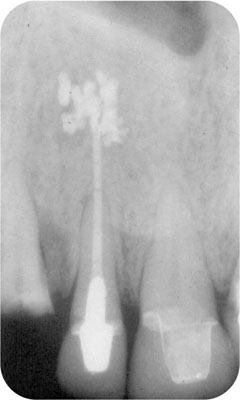
Fig 1-1 Excitement and conviction evaporate into disappointment once again.
The truth is that most of us find root canal treatment technically challenging, and wish there were simpler, more predictable and more efficient ways to do it. This, combined with a growing demand for tooth preservation, has seen unprecedented growth in world markets for endodontic product, and an insatiable hunger for new and attractively packaged materials and devices. To the dispassionate observer, this may seem to be pure commercial opportunism as we focus on technology and attaining the currently fashionable postoperative look rather than returning to the disease process and how it can best be managed.
At the start of a practical handbook on root canal treatment, it is important to ground ourselves in the fundamental biology of the pulp and periapical lesions we wish to prevent and heal. Only then can we rationalise the mechanical stages of treatment and reveal where new and older techniques can optimise operator efficiency and successful outcomes for patients.
Laying Foundations: The Basic Biology of Endodontic Disease
Root canal treatment is concerned with preventing and healing apical periodontitis (Fig 1-2a), a disease which affects 40% of over 30s and 62% of over 60s in western society.
Apical periodontitis is important because:
It causes local pain and morbidity.
Acute exacerbation can result in serious, potentially life-threatening extension (e.g. facial cellulitis, brain abscess).
There are growing concerns about the possible systemic consequences of chronic infection and inflammatory lesions associated with teeth.
Apical periodontitis develops by extension of disease in the dental pulp (Fig 1-5). It can be prevented by:
Established apical periodontitis is caused by infected material in the pulp canal space and is known to heal predictably if the causative agents can be eliminated and prevented from returning (Fig 1-2a,b).
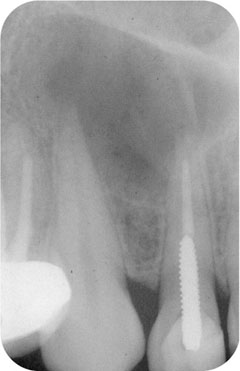
Fig 1-2a Apical periodontitis, an important and common disease in western society.
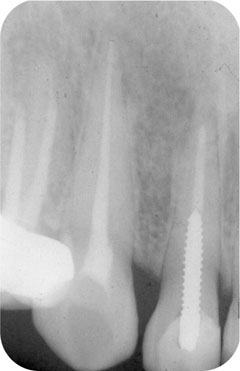
Fig 1-2b Control of aetiological factors allows apical periodontitis to heal.
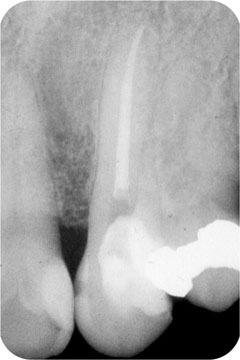
Next page
